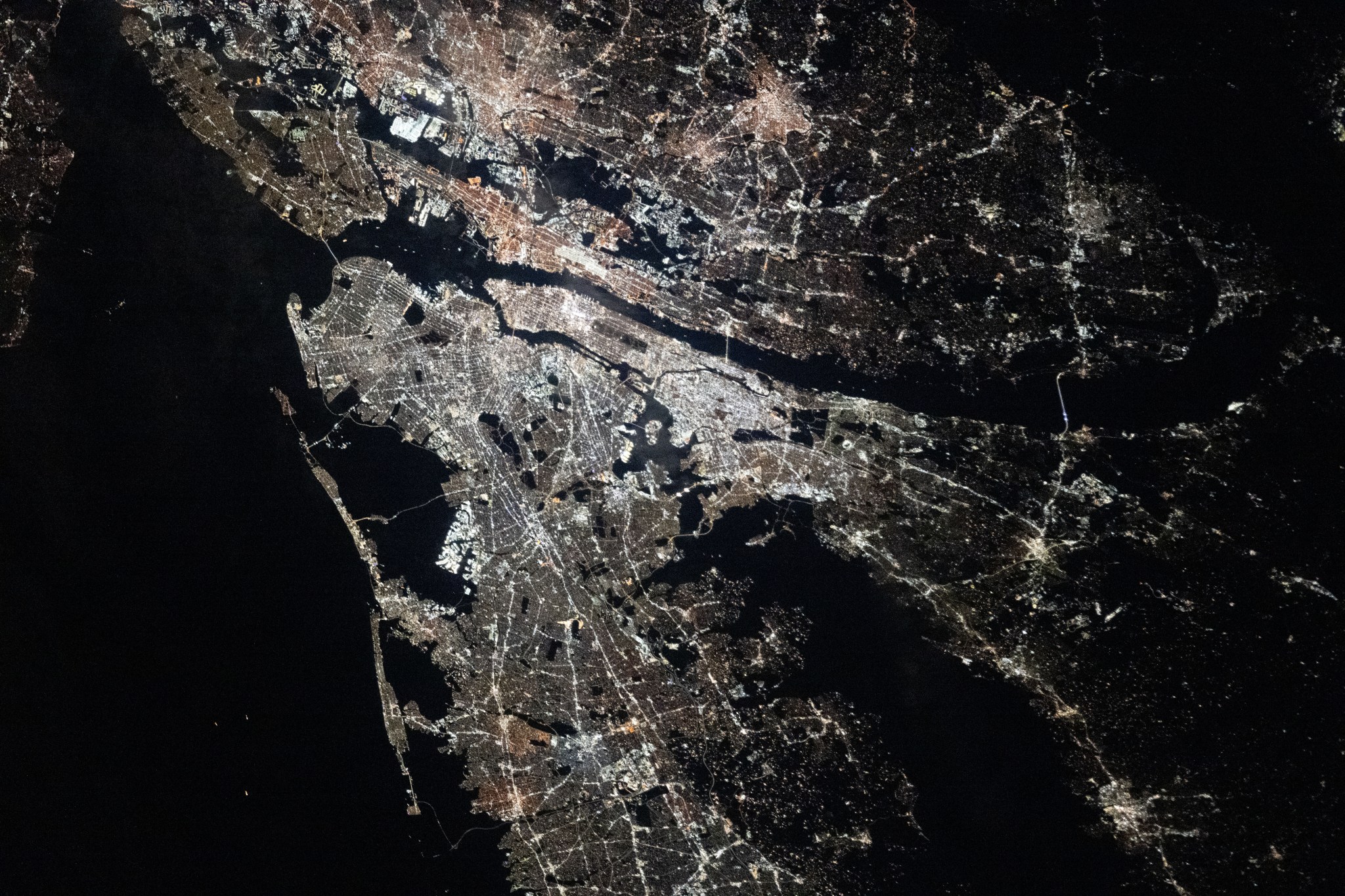Tweet Guest post by Colin Snodgrass from the Max Planck Institute for Solar System Research, Germany. Colin coordinates a consortium of professional astronomers observing comet 67P/Churyumov-Gerasimenko from Earth. Since rendezvousing with Comet 67P/C-G in early August, Rosetta has been mapping the nucleus, the main focus being the search for suitable landing sites for Philae. There are still just over two months to go before Philae is released from Rosetta, but, in some ways, the lander has already begun its descent, as Rosetta itself is already deep inside the ‘atmosphere’ of the comet, namely its coma. If we want a view of the whole comet we need to take a step back from Rosetta, and use telescopes on Earth. Throughout 2014, astronomers have been monitoring the comet using ground-based telescopes, and they will continue to follow the comet on its orbit around the Sun until the end of 2015. At perihelion on 13 August 2015, Rosetta and the comet will be closest to the Sun, at about 180 million km, between the orbits of Earth and Mars. Until November 2014, 67P/C-G is only visible from the southern hemisphere, and it is currently in a patch of the sky where it is camouflaged against the crowded star fields of the Milky Way. In addition, at more than 500 million km from the Sun, the comet is still very faint, so only visible to large professional telescopes, including the European Southern Observatory's Very Large Telescope, or VLT, in Chile. The VLT is actually made up of four individual unit telescopes (UT, for short), each with a main mirror 8m in diameter. To observe 67P/C-G, we are currently using the FORS2 instrument on UT1, one of the four VLT telescopes (also named ‘Antu’, the name for the Sun in the language of the indigenous […]
from Rosetta - ESA's comet chaserRosetta - ESA's comet chaser http://ift.tt/1pGHtls
via IFTTT
from Rosetta - ESA's comet chaserRosetta - ESA's comet chaser http://ift.tt/1pGHtls
via IFTTT


No comments:
Post a Comment